
Không thấm nước 600D nhiệm vụ nặng nề Windproof đen vuông khí lò sưởi lửa Pit bảng Bìa Patio lửa Pit bảng Bìa


Vỏ Bọc Nướng Gas Chịu Lực Cao 210D Chống Bụi Và Chống Bụi Logo Tùy Chỉnh Cho Vỉ Nướng Thịt Nướng BBQ Vải Oxford Chống Nước






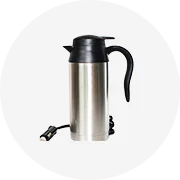

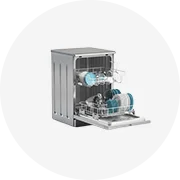
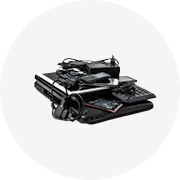
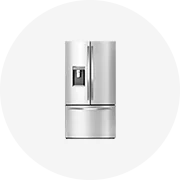
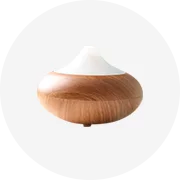

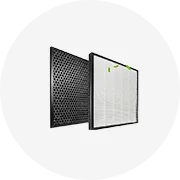
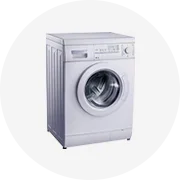
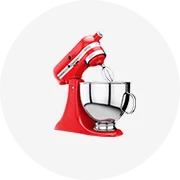
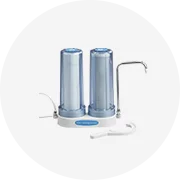


Chất lượng cao mới nắp bếp gas. trên Alibaba.com có kiểu dáng thanh lịch cho độ bền. Các sản phẩm này có năng suất hiệu quả và cơ chế đánh lửa nhanh. Các biện pháp an toàn là tốt với bảo vệ chống rò rỉ nhiệt, điện và nước. Lưu lượng nước qua máy là không đổi, loại bỏ bất kỳ sự dâng cao nào. Nhiệt độ sưởi thay đổi có nghĩa là chọn mức độ ấm phù hợp. Tiết kiệm năng lượng nắp bếp gas. có mức tiêu thụ năng lượng thấp đáng kể.
Đánh lửa đáng tin cậy trên nắp bếp gas. từ Alibaba.com cho phép làm nóng nhanh hơn. Một môi trường an toàn mang lại cho người sử dụng một số buổi tắm bình yên, không sợ tai nạn. Tỷ lệ lưu chuyển tốt hơn cung cấp chức năng hiệu quả của dịch vụ suốt cả ngày. Khi nhiệt độ ở mức tối ưu, sẽ không có hiện tượng bỏng hoặc cháy. Mức tiêu thụ điện năng thấp giúp người dùng có thời gian tận hưởng các dịch vụ tốt hơn và tiết kiệm tiền cho các hóa đơn sưởi ấm khác.
Khi mua sản phẩm có công suất cao nắp bếp gas, người dùng nên cân nhắc nguồn cung cấp năng lượng tại địa phương. Các chế độ hoạt động của máy là rất cần thiết, để biết được sẽ có một số bể chứa cần mua hay không. Tần suất sử dụng là cần thiết, vì các gia đình khác nhau có thói quen tiêu dùng khác nhau. Tìm các cửa thoát khí hoàn hảo để khói sưởi thoát ra ngoài trời.
Các sản phẩm hiện đại trên Alibaba.com tự hào về hiệu quả cao hơn trong công nghệ được sử dụng để tạo ra chúng. Giá cạnh tranh trên nắp bếp gas. trên nền tảng trực tuyến là hợp lý cho bất kỳ người mua nào. Tại đây, các nhà cung cấp đáng tin cậy đưa ra các mức giá bán hàng hấp dẫn và bảo hành an toàn. Chỉ cần một cú nhấp chuột là bạn có thể tận hưởng vòi sen ấm áp và sảng khoái bằng cách sử dụng danh mục trực tuyến mà nền tảng cung cấp.